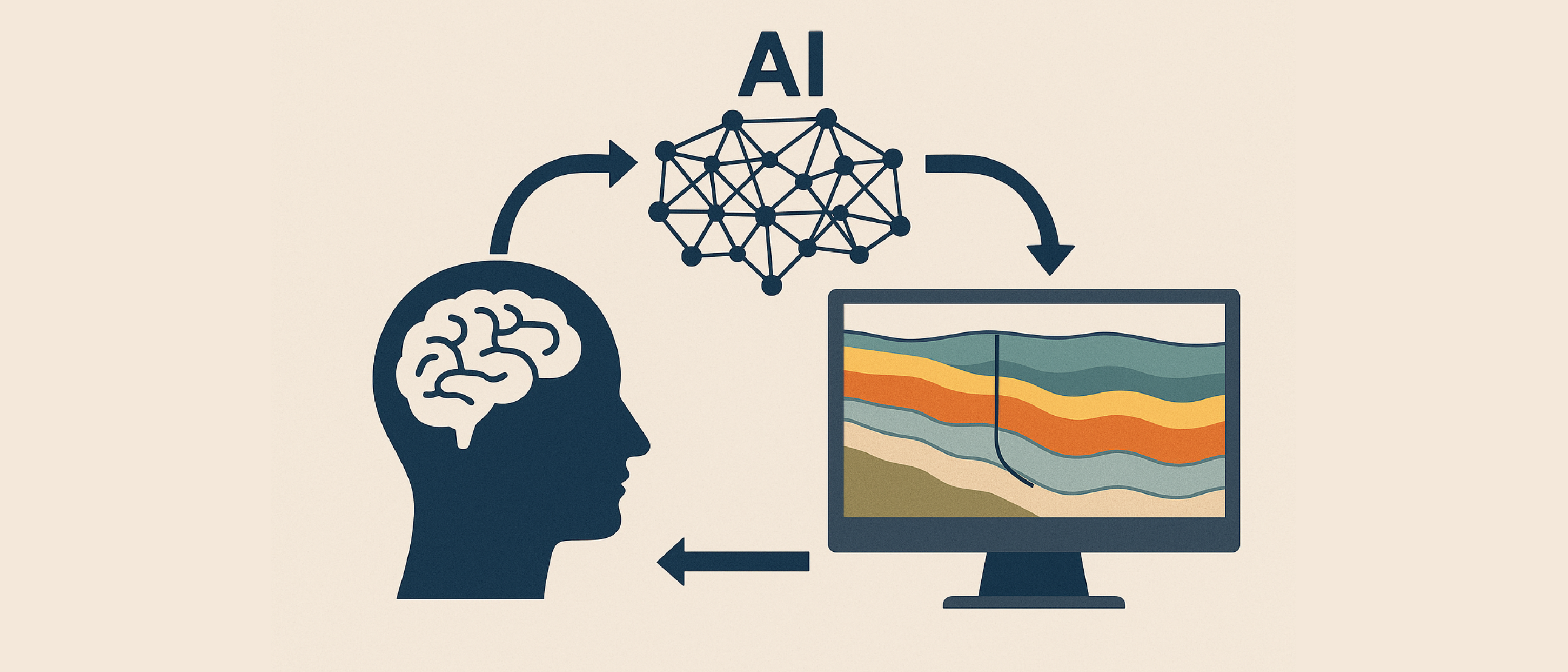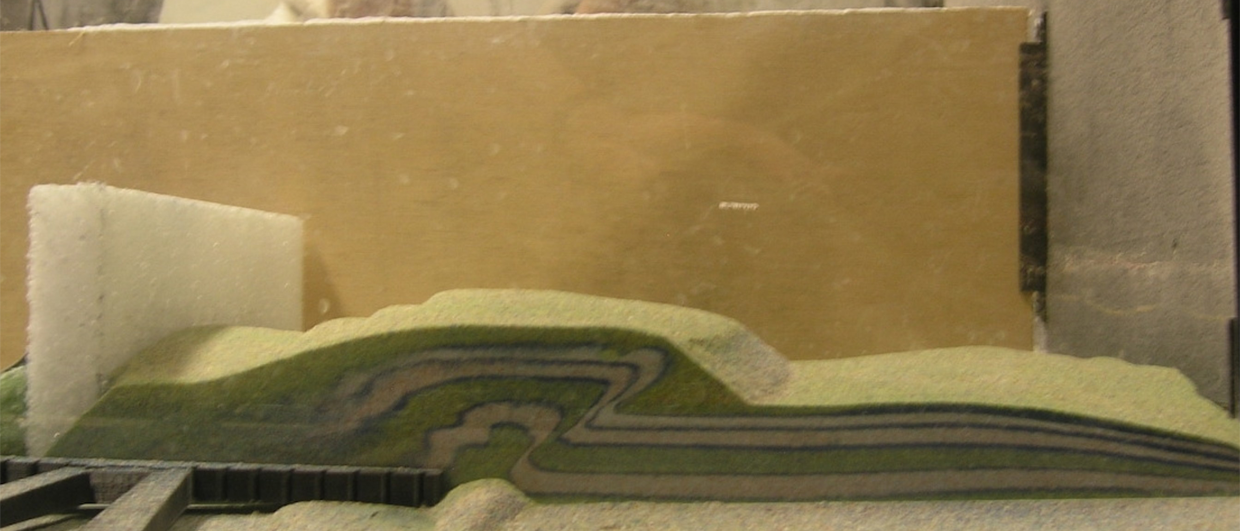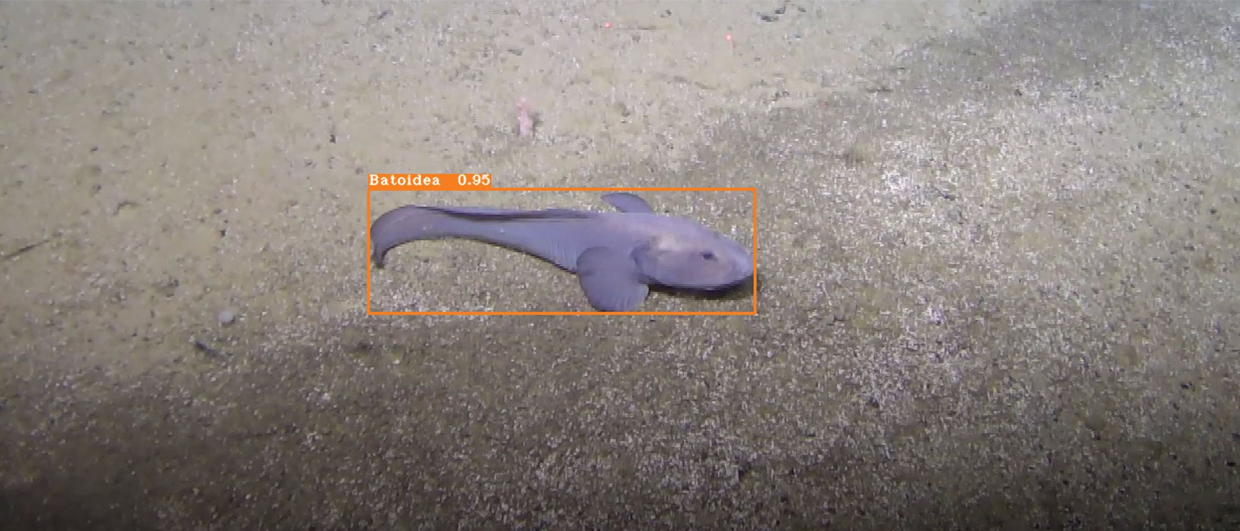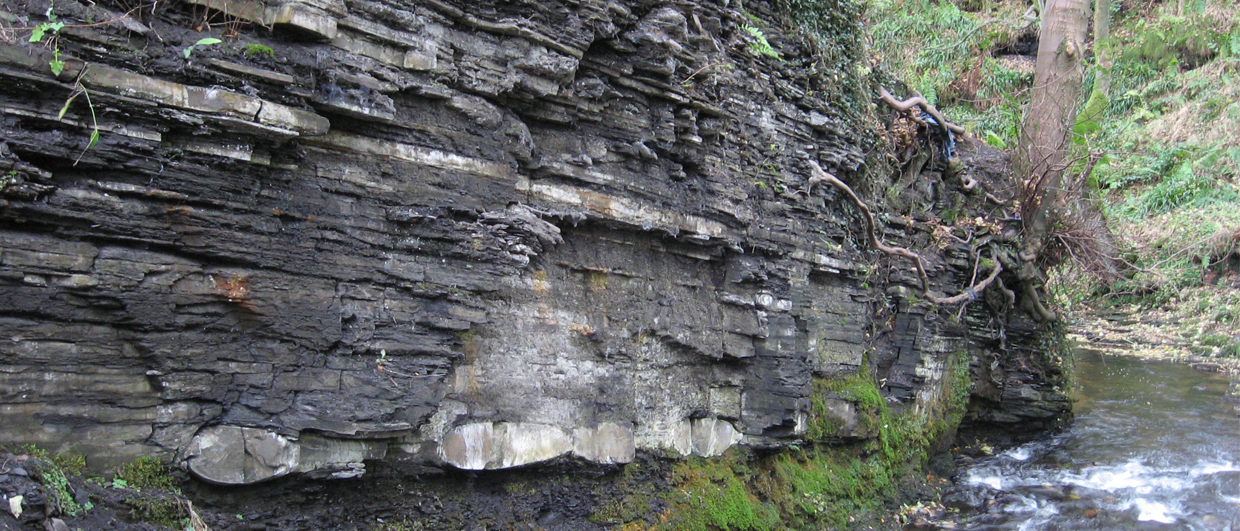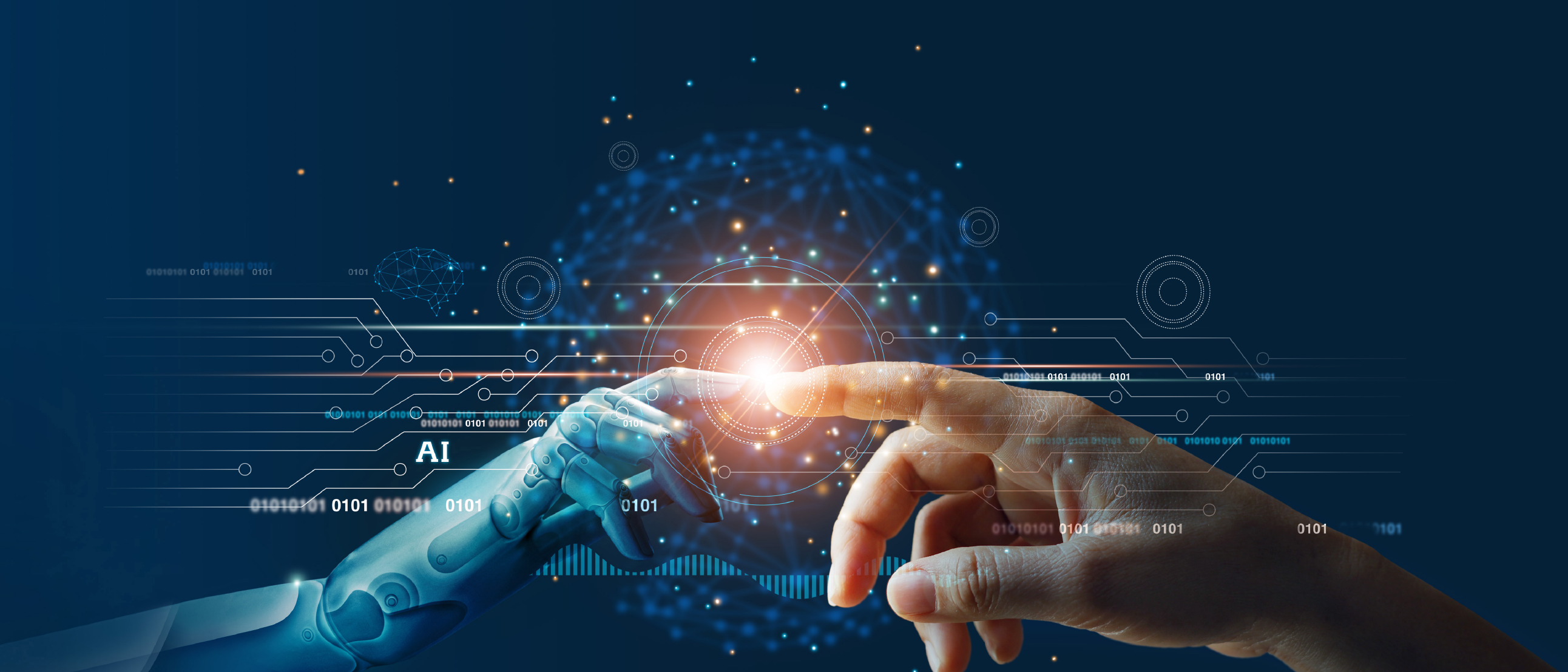Artificial Intelligence (AI) and Large Language Models (LLMs) are now part of many professional domains – from healthcare to engineering – and the subsurface is no exception. In basin and petroleum systems modelling, however, AI is not shaping up as a disruptive replacement. Instead, it offers a new layer of support: Accelerating workflows, helping identify patterns, and reducing the time needed to explore multiple scenarios.
This was a key theme in the recent EAGE webinar Introduction to Subsurface Systems Modelling. The tone was cautious, but forward-looking. Physics-based models remain central to understanding basin evolution and petroleum systems. AI’s emerging role lies in improving, not replacing, those models.
One of the most valuable contributions AI can make is in data assimilation and calibration. Traditionally, calibrating a basin model is a manual, iterative process dependent on expert judgment and sometimes influenced by personal bias. AI can help by scanning through large and diverse datasets, identifying optimal parameter spaces more efficiently. Done right, this improves objectivity and accelerates convergence on geologically plausible outcomes.
But this doesn’t mean full automation. Experience still matters. AI tools work best in supervised workflows, where humans guide, evaluate, and adapt the results. AI can highlight inconsistencies or suggest alternatives, but geological understanding remains essential. Hybrid systems – combining physics-based modelling with AI/ML components – are emerging as a pragmatic path forward.
Another key takeaway was the importance of quality over quantity. AI must be trained on a few well-constructed, thoroughly vetted models, rather than on large volumes of inconsistent data. What AI learns must be geologically grounded to be useful.
A conversation with a friend who is a software developer in the manufacturing industry offered helpful analogies. This field is just beginning to utilize AI in their manufacturing models to search for similar solutions, products and models, which is speeding up model development and constraining parameters of the model. My friend is also using AI as a reasoning partner – providing reasons why something is in a certain way, why it cannot be otherwise, how to convince a manager/partner about a proposed solution.
AI could play a similar role in geoscience by searching for patterns and analogs, providing evidence, test assumptions, justify choices, and communicate more clearly with non-specialists and specialists across disciplines. This help in communication may seem subtle, but in my mind this is probably as important as building the model.
I do not expect to hand over the reins to machines any time soon. We should build systems where AI helps us think faster, test wider, and explain more clearly. Whether in exploration, geothermal, or CO₂ storage, AI-supported models could become standard practice – provided they remain rooted in geoscientific insight and guided by experienced hands.
Are you beginning to see these tools appear in your own modelling environment?

